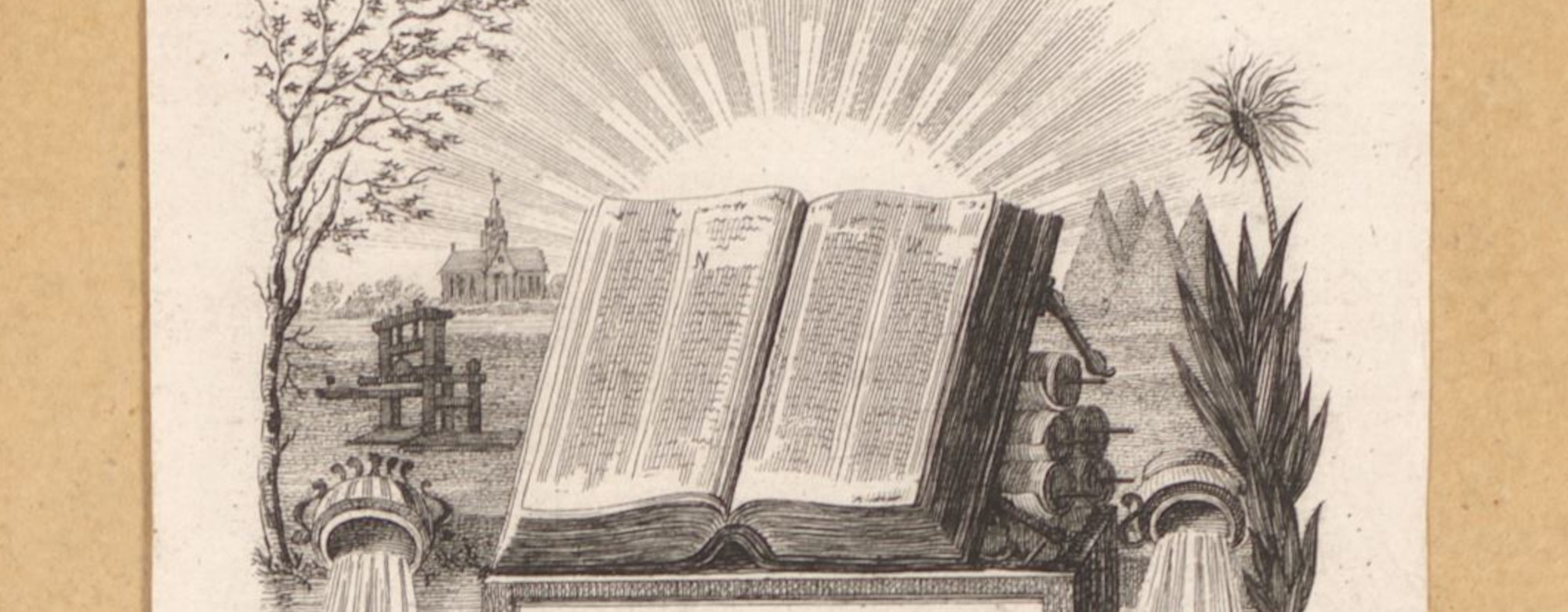Last week the Culture and Education Committee of the European Parliament (CULT) released its draft opinion on the European Commission’s proposal for a Directive on Copyright in the Digital Single Market. Rapporteur Joulaud highlights that the Commission’s proposal ignores many of the crucial concerns voiced by internet users, and offers some amendments to improve this situation. However, many of these changes do little to promote user rights and freedoms. Instead, he suggests a confusing change to the proposed ‘press publishers right’ by introducing a non-commercial clause, a push for an even stronger reliance on licensing instead of a broad education exception, renewed support for filtering of user uploaded content, and further restrictions on TDM activities.
From our perspective, the issue of Freedom of Panorama—the legal right to take and share photos, video, and images of architecture, sculptures and other works which are permanently located in a public place—was not adequately addressed in the Commission’s proposal. In fact, it wasn’t included at all. We’ve urged the European Parliament to introduce a broad, EU-wide Freedom of Panorama right that applies to both commercial and noncommercial uses of all works permanently located in public spaces.
CULT’s draft opinion recognizes the Commission’s omission of Freedom of Panorama:
“In order to acknowledge and secure common non-commercial user practices that are not harmful for rightholders, the Rapporteur has enshrined the so-called “panorama exception” through a minimum harmonisation of the existing exception…”
And Joulaud introduces an amendment in support of Freedom of Panorama (Amendment 55):
“Member States shall provide for an exception or limitation to the rights provided for in Articles 2 and 3 of Directive 2001/29/EC and point (a) of Article 5 and Article 7(1) of Directive 96/9/EC, permitting at least the non-commercial digital reproduction and use of works, such as works of architecture or sculpture, made to be located permanently in public places. Any contractual provision contrary to the exception provided for in this Article shall be unenforceable.”
The amendment is a bit of a mixed bag. It’s positive that the CULT draft opinion recommends the introduction of an EU-wide amendment that cannot be overridden by contractual restrictions. At the same, the amendment would be more impactful if it was not limited to non-commercial user activities. We’ve argued that the harmonisation of Freedom of Panorama that includes commercial activity is crucial to supporting an efficient and competitive Digital Single Market. Supporting a broad commercial right to reproduce and use works in public places would give users the legal clarity and assurance to share their works across borders, and generate economic activity, such as commercial publishing of photography.
The use of the phrase “at least” in modification of “non-commercial digital reproduction” is interesting, even if a potentially an odd choice considering that the amendment attempts to harmonise this type of activity across the EU. We could interpret that the “at least” modifier means that Member States can decide how they wish to implement the freedom of panorama exception, and could include commercial as well as non-commercial activities, and also non-digital uses.
It’s good to see that issue of Freedom of Panorama is being specifically discussed as a potential amendment to the Commission’s plan. But to be maximally useful, the Parliament should amend the proposal so that Freedom of Panorama applies to both commercial and noncommercial uses of all works permanently located in public spaces.

